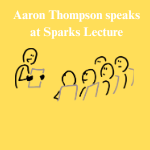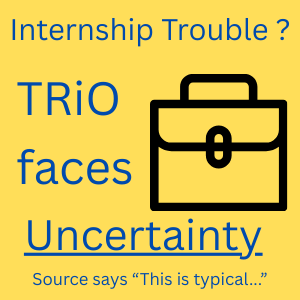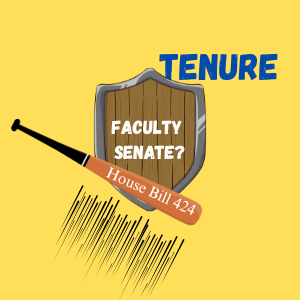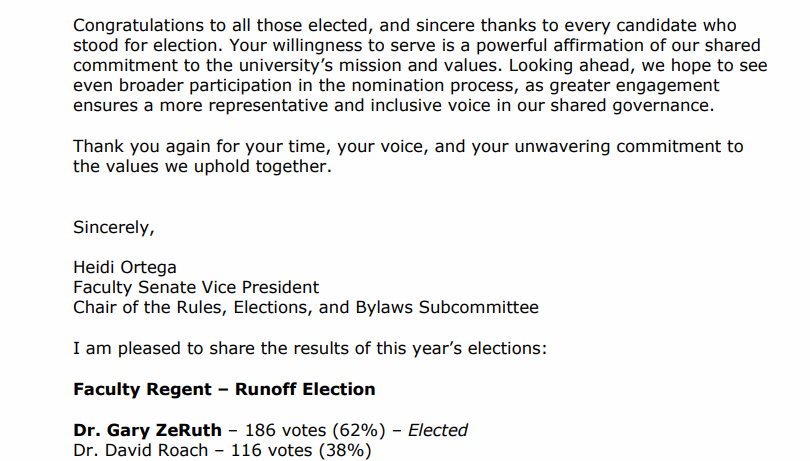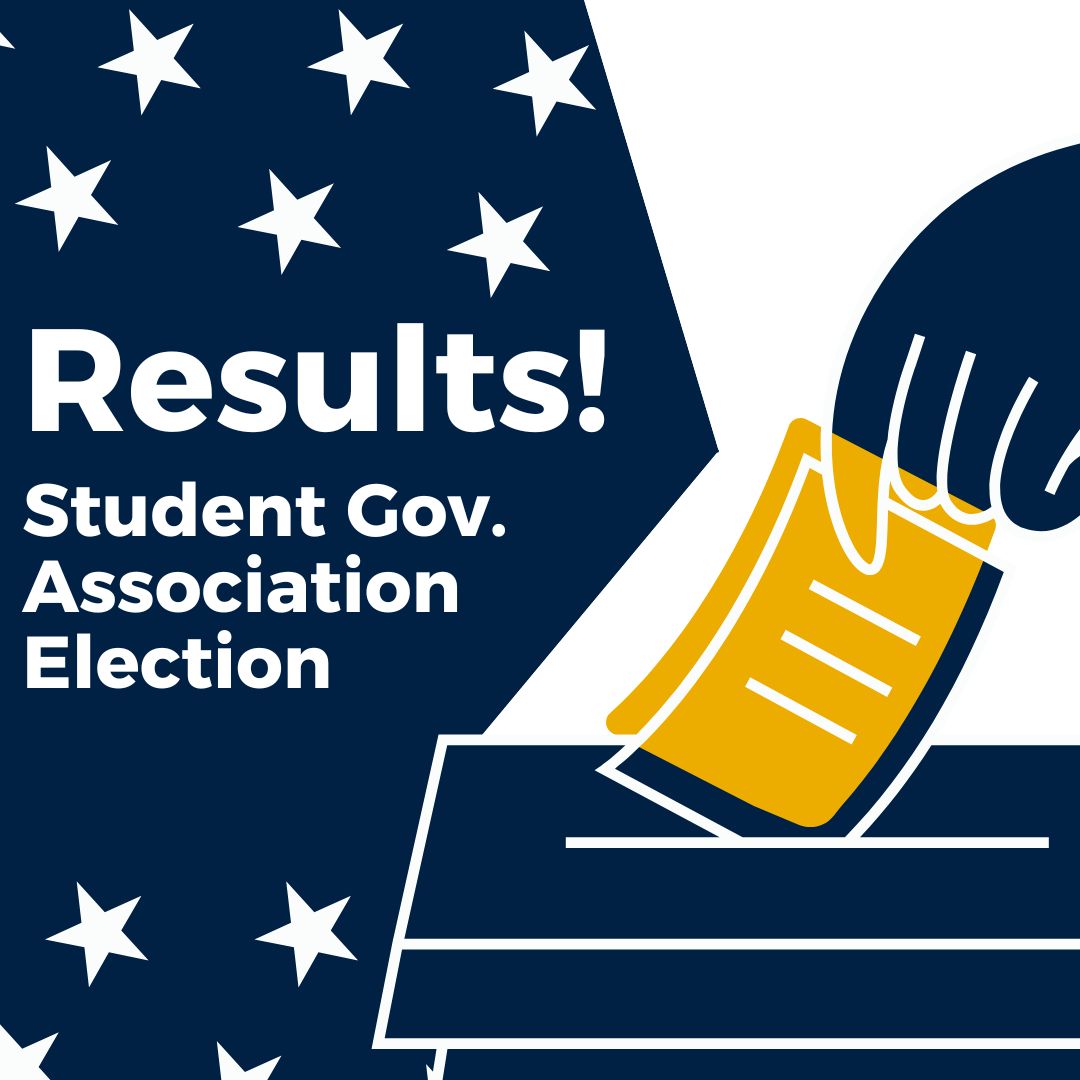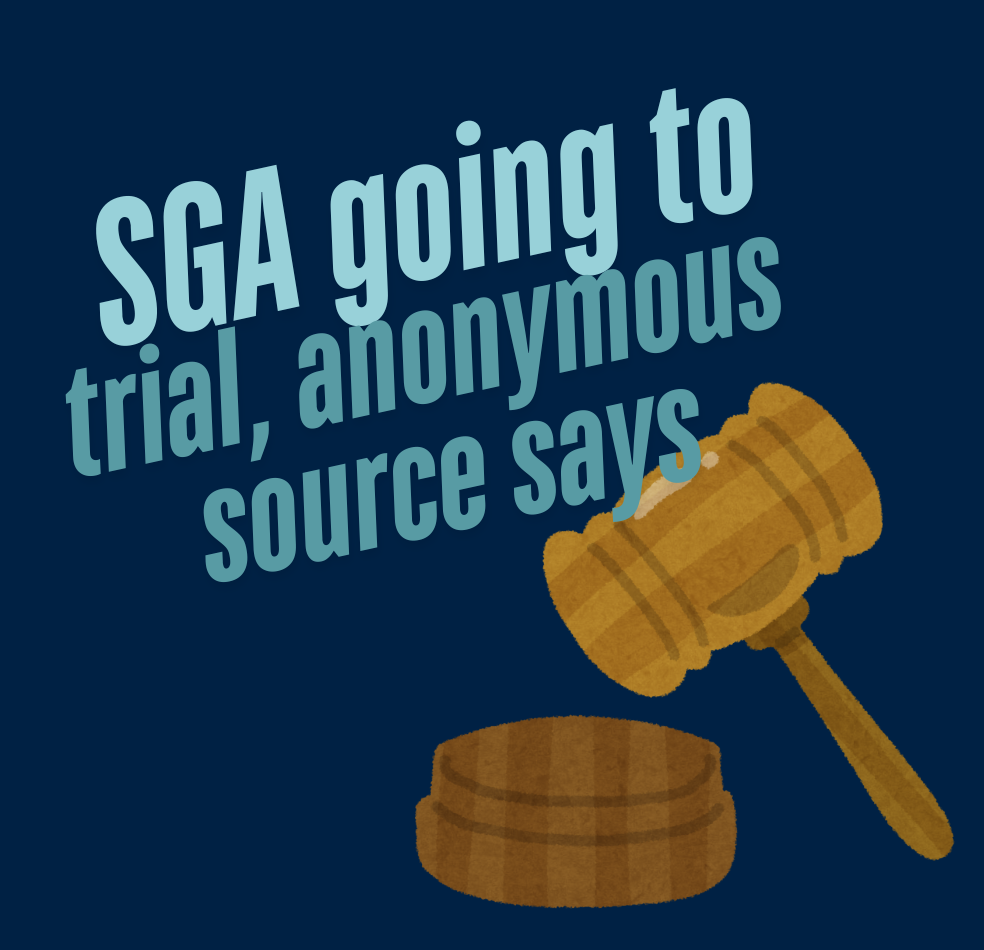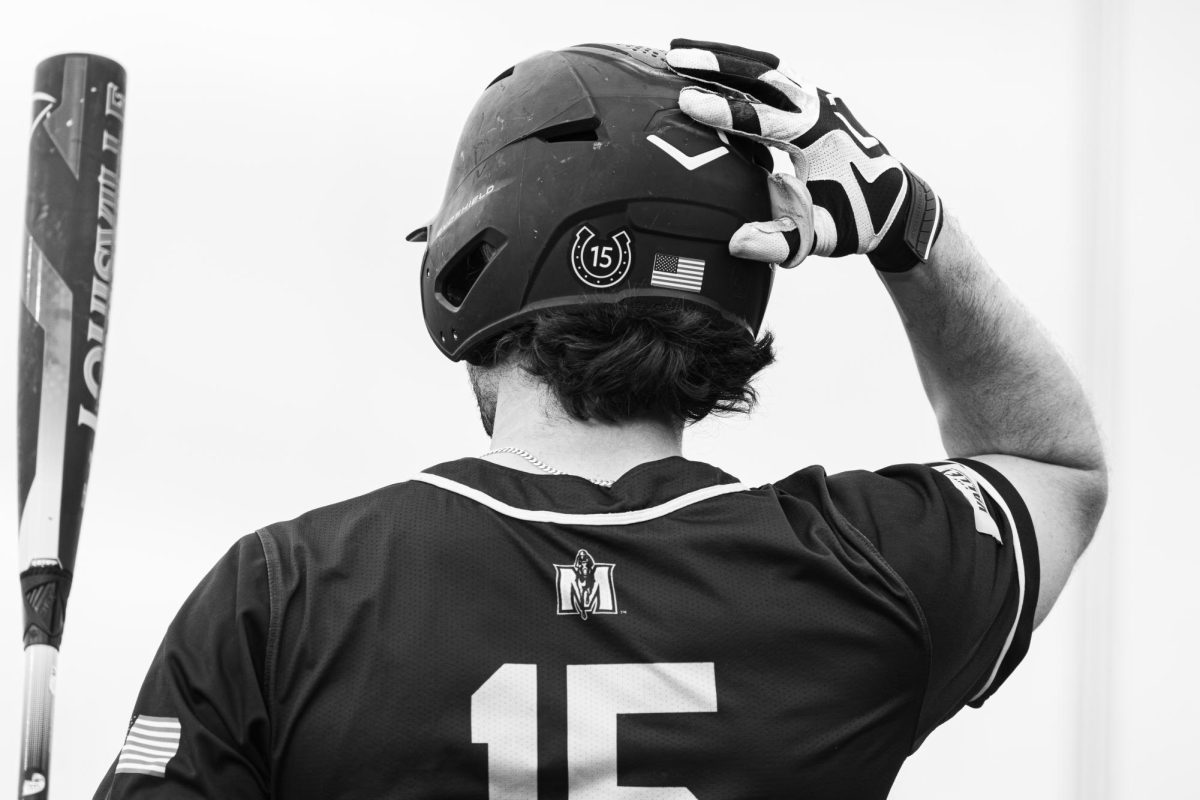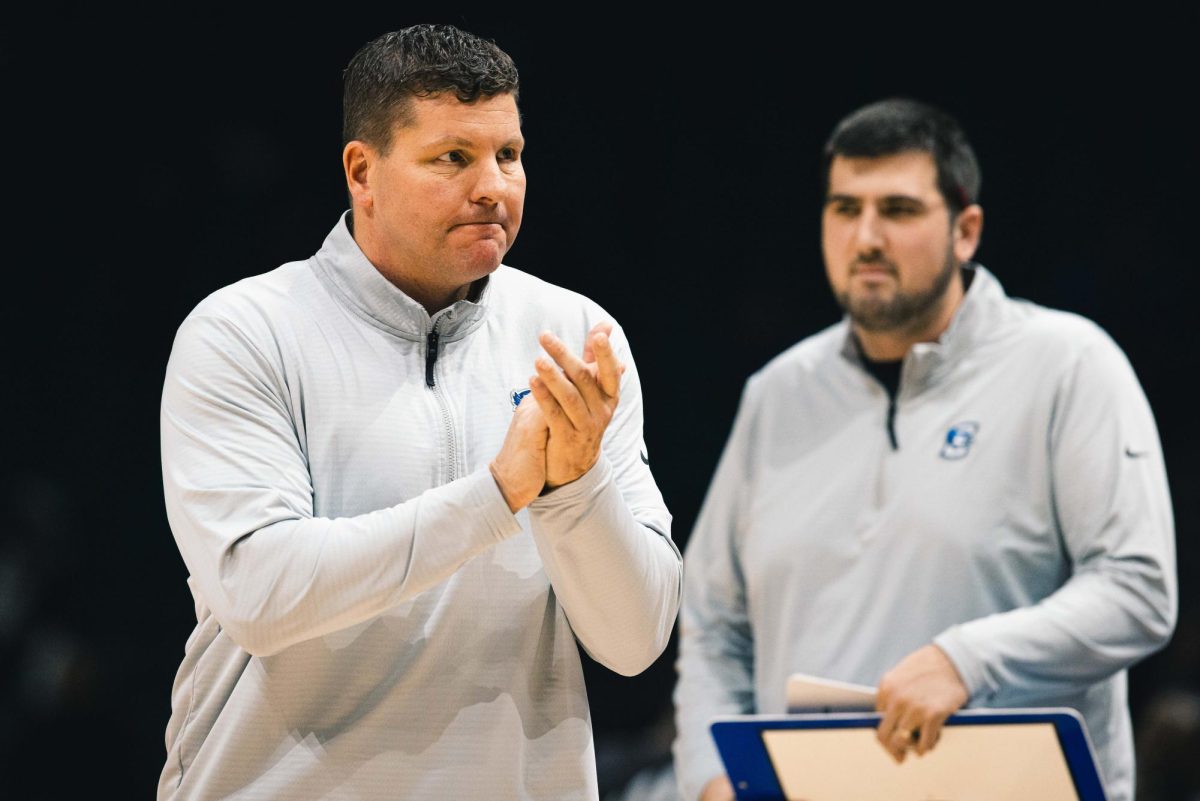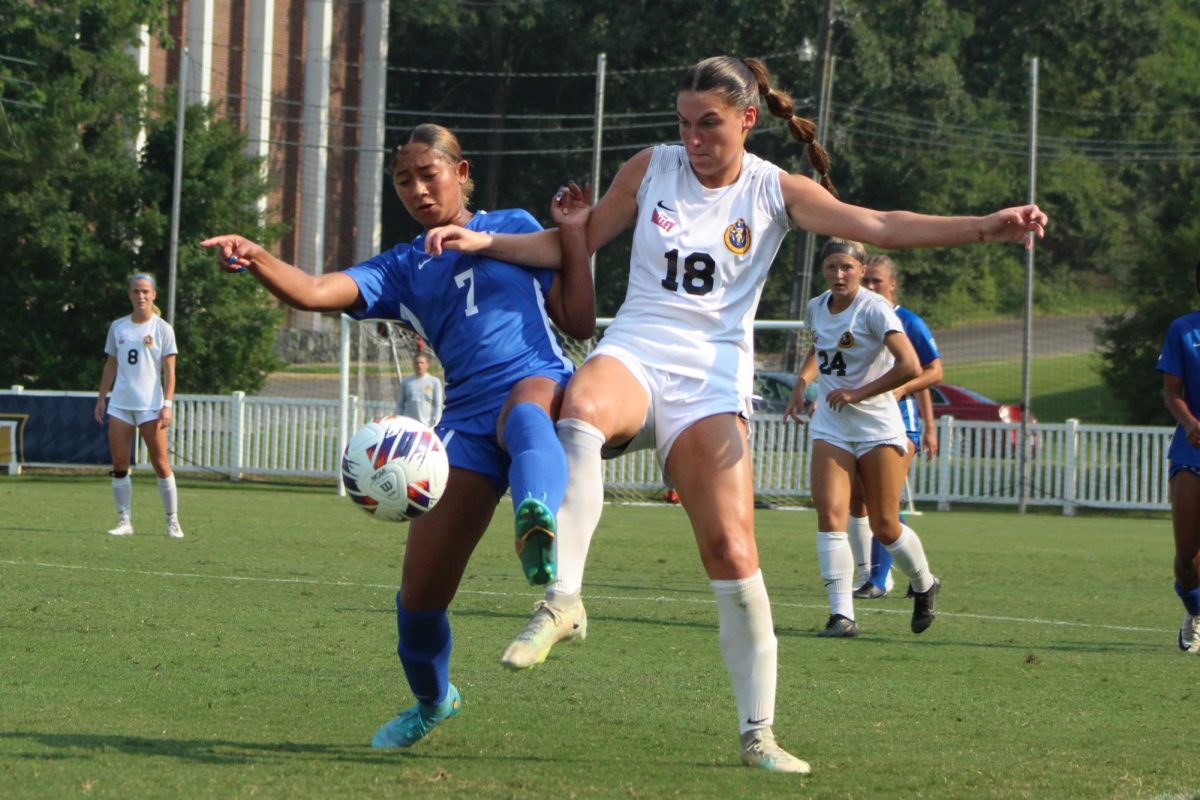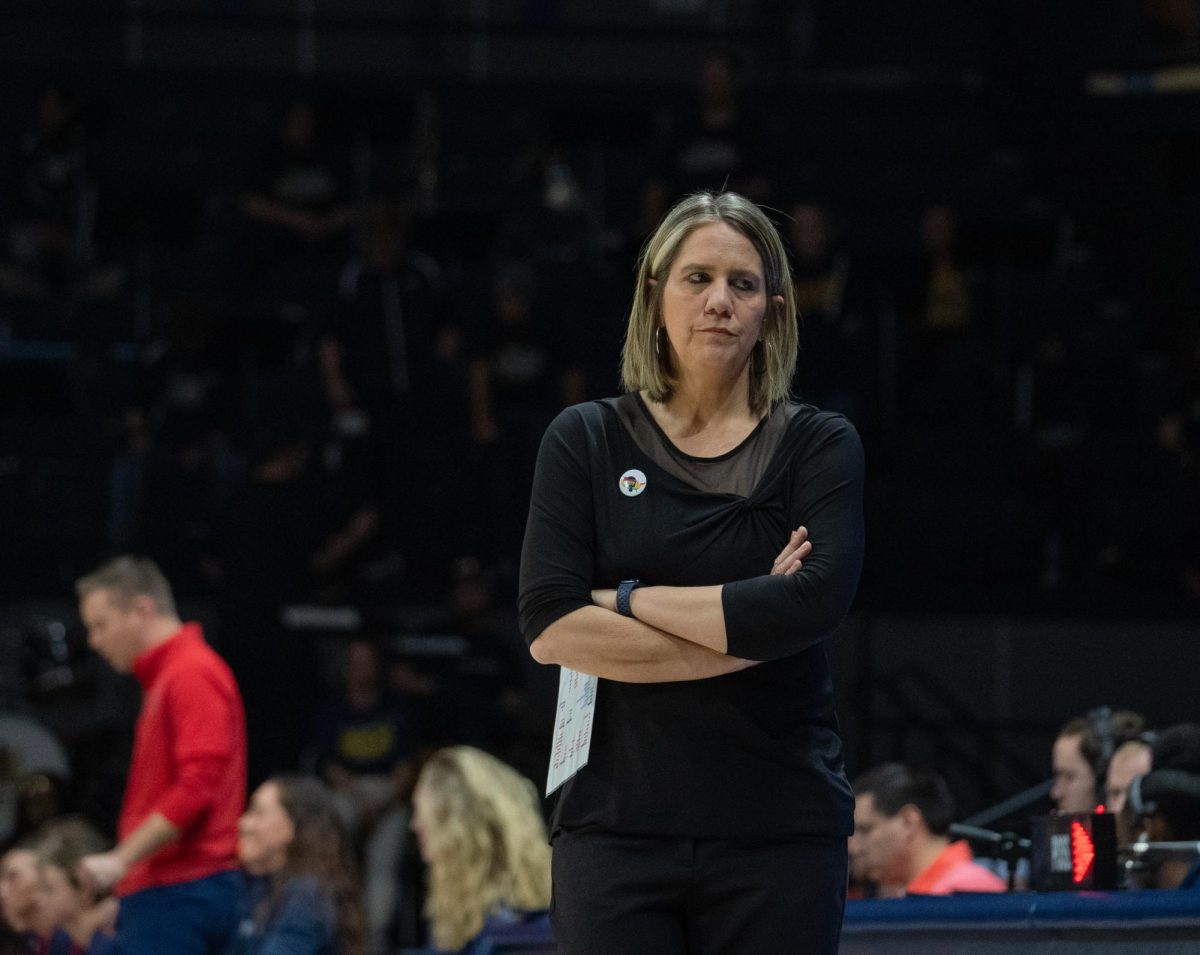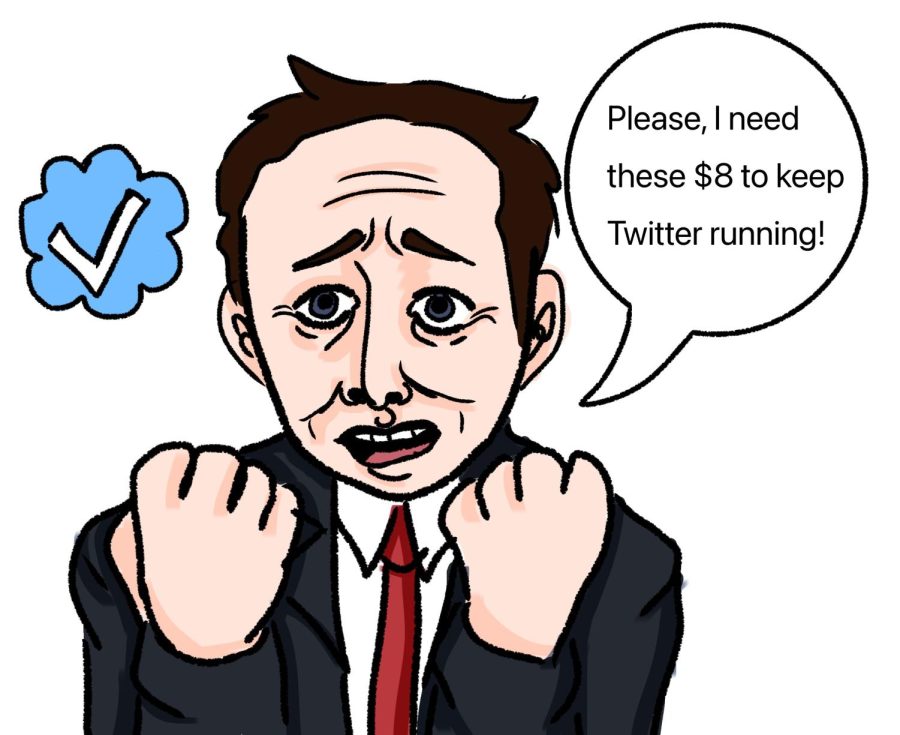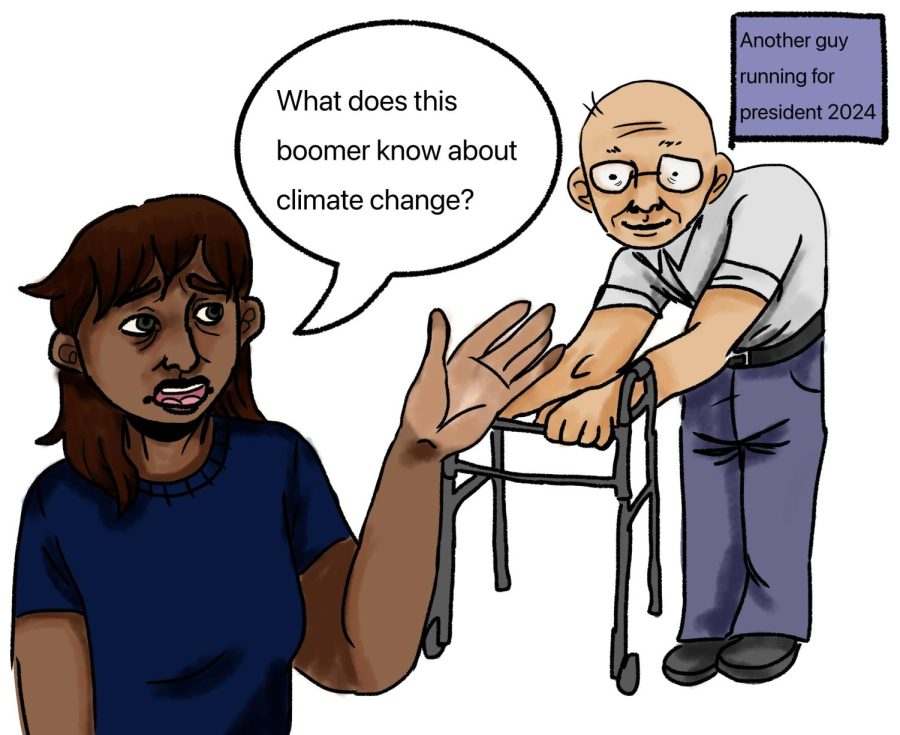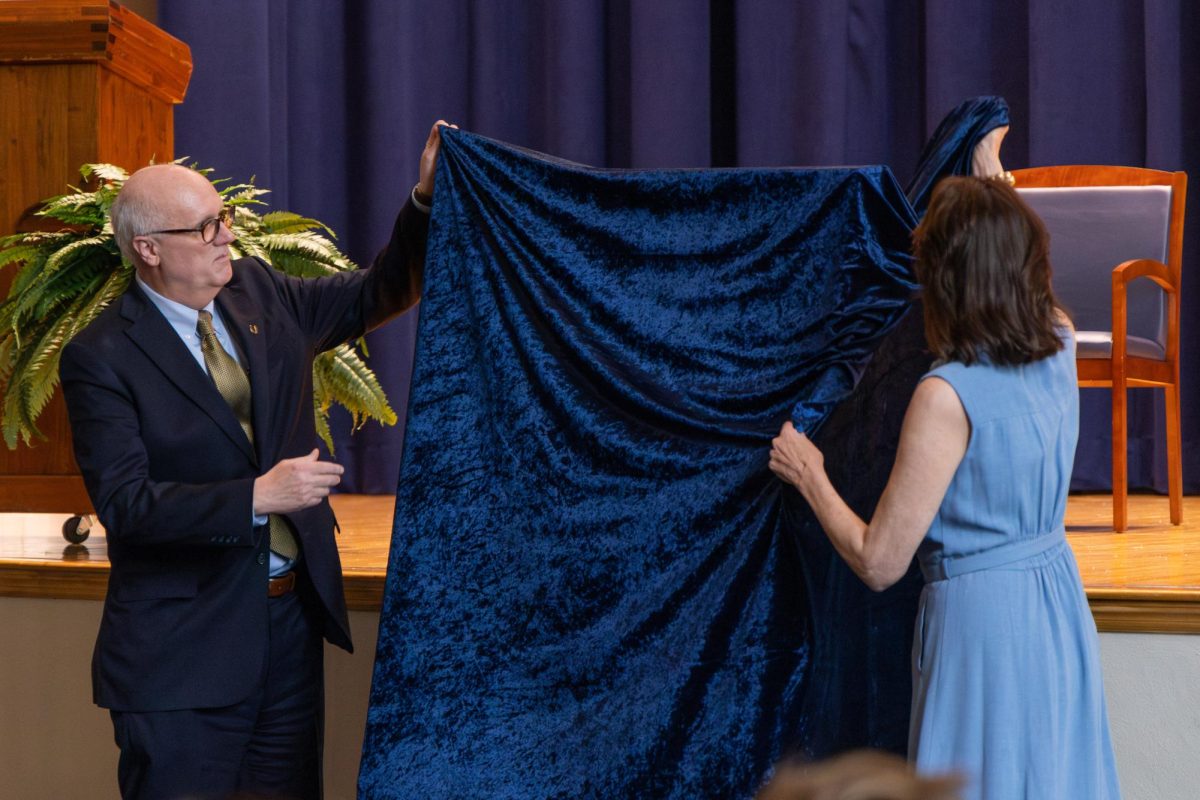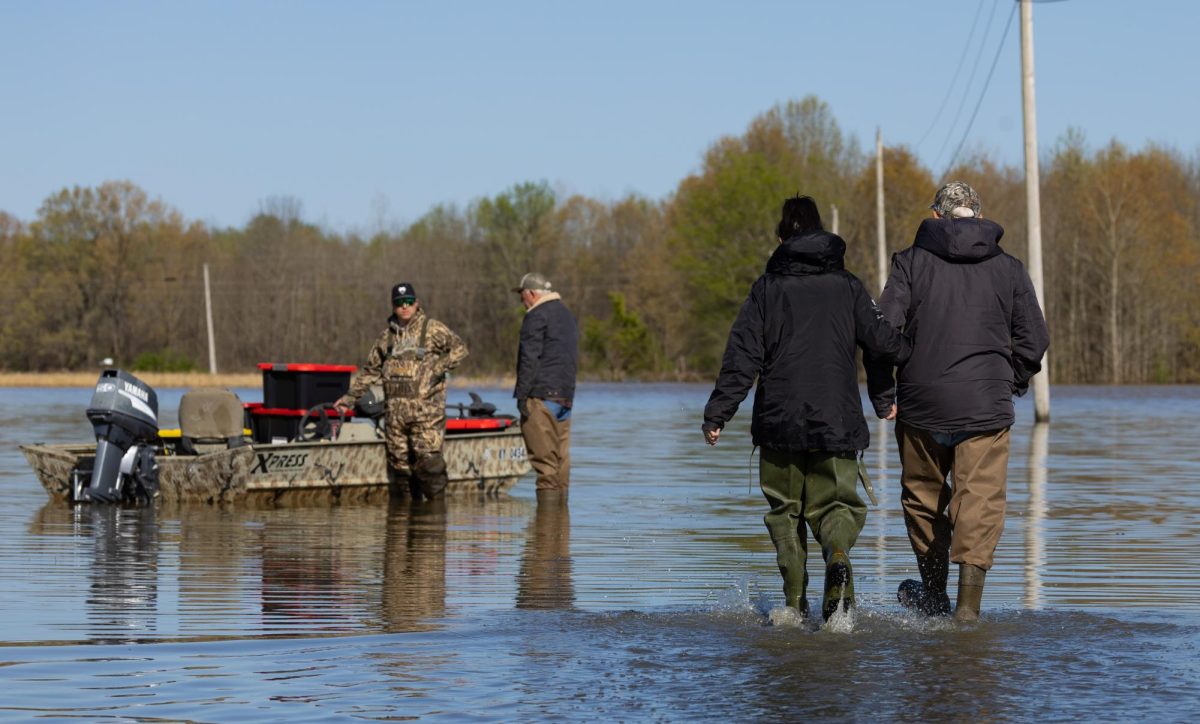The staff editorial is the majority opinion of The Murray State News Editorial Board
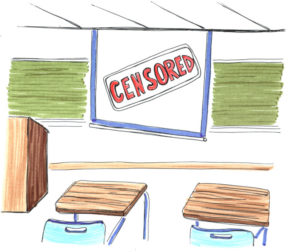
In the modern university classroom, the phrase “trigger warning” can be as controversial as any sensitive material following its utterance.
The two schools of thought on this issue are equally passionate and divided – while some professors see the use of trigger warnings as a means of coddling, others recognize it as an exercise in empathy and mindfulness.
Because our editorial board is as opinionated and diverse as the student body we strive to represent, we struggled to agree on a firm stance. However, our discussion raised a valid question: could professionalism, transparency and efficient planning eradicate the need for explicit trigger warnings in classes?
One of the issues surrounding the warnings is negative student exposure. For example, if a professor issues a trigger warning before discussing an assignment covering sexual assault and allows any triggered students to immediately leave class, that professor has risked singling out sexual assault survivors. In that situation, a student’s most traumatizing insecurities, fears or experiences may suddenly be on display for the entire class. That isn’t helpful or healing for teacher or student, and it undoubtedly creates more, not less, tension in the classroom.
Instead of professors using trigger warnings as a blatant and unannounced calling-out of students who may be sensitive to certain topics, they should incorporate thoughtful discussion and alternatives well in advance.
Professors are required to present tentative syllabi to students on the first day of classes – therefore, if a professor knows the class will be covering potentially traumatizing material on a certain day or week, that information could be apparent on the course schedule. Students, then, could privately email the professor to ask for an alternate assignment, reading, discussion, etc. if the planned material would cause unbearable stress.
Professors, too, could also promote the use of the free Counseling Services on campus if they feel uncomfortable addressing student trauma.
There will be times when offensive topics cannot be avoided, but there’s a way to avoid resorting to the “Get over it, snowflake” attitude some trigger warning-critics have against millennials on college campuses.
Students in the medical field, for instance, can’t easily get around seeing graphic photographs or videos of abused persons or victims of assault, and students pursuing psychology might have to explore the psyche of an attacker. These students most likely know the nature of their studies before choosing majors, but is it unreasonable to encounter an occasional “graphic content warning” or disclaimer before working with a particularly troubled individual? The concept of sensitivity warnings is not new – somehow, though, the phrase “trigger warning” has accrued a fairly negative connotation.
As storytellers, writers and journalists must also confront challenging and emotionally disturbing subjects in order to give a voice to the voiceless and spread awareness about important issues. In this case, encountering those sensitive topics could expand their perspectives to make them more compassionate, informed humans.
Staff writer Sydni Anderson spoke with philosophy professor Cynthia Gayman about the issue, and her commentary serves as a guide for both students and professors:
“To be responsible, we have to be willing to bear discomfort in order for our hearts to grow to be more compassionate human beings,” Gayman said.
For students, that may mean confronting painful topics with an open mind and sense of resilience. For professors, it may mean asking if their acceptance or rejections of trigger warnings – or a heads up in the course syllabus – will encourage class growth or simply lead to humiliating exploitation and misunderstanding.


